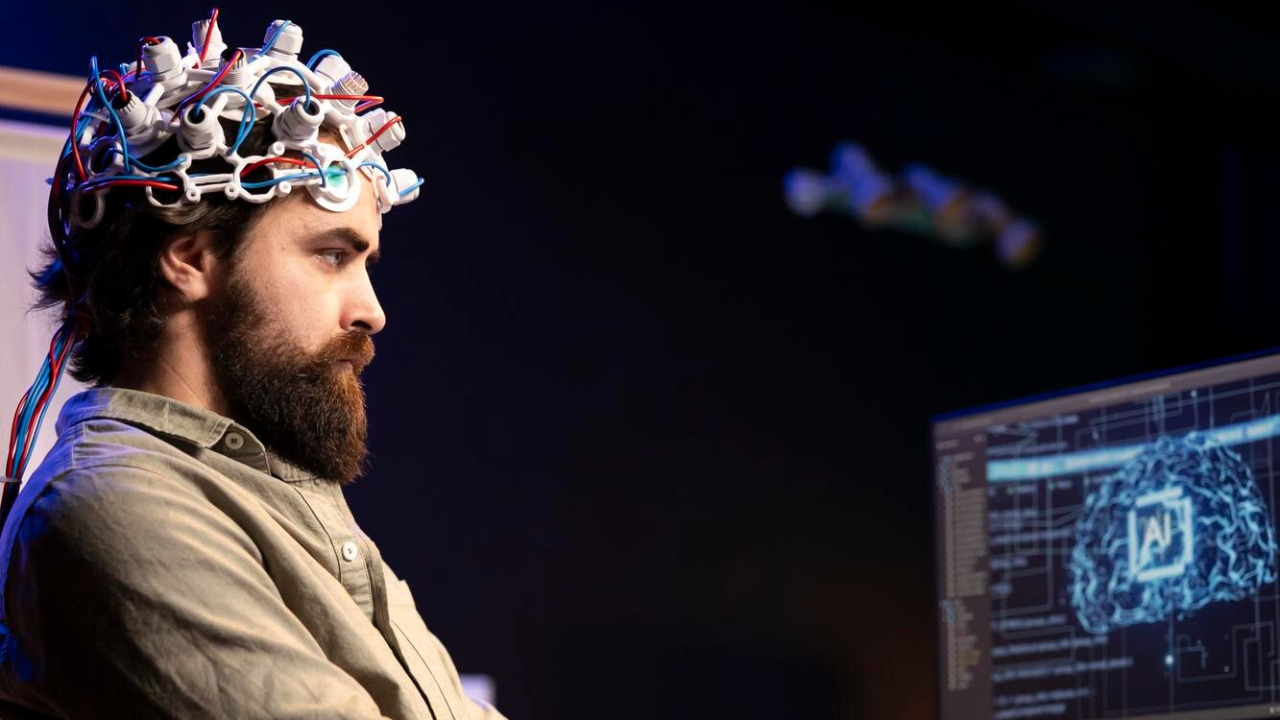
Mind-reading technology, once a staple of science fiction, is rapidly becoming a scientific reality. Recent advances in neuroimaging and artificial intelligence have propelled this field forward, offering both exciting possibilities and ethical dilemmas. The current state and future potential of mind-reading technology present intriguing implications for society.
Current State of Mind-Reading Technology
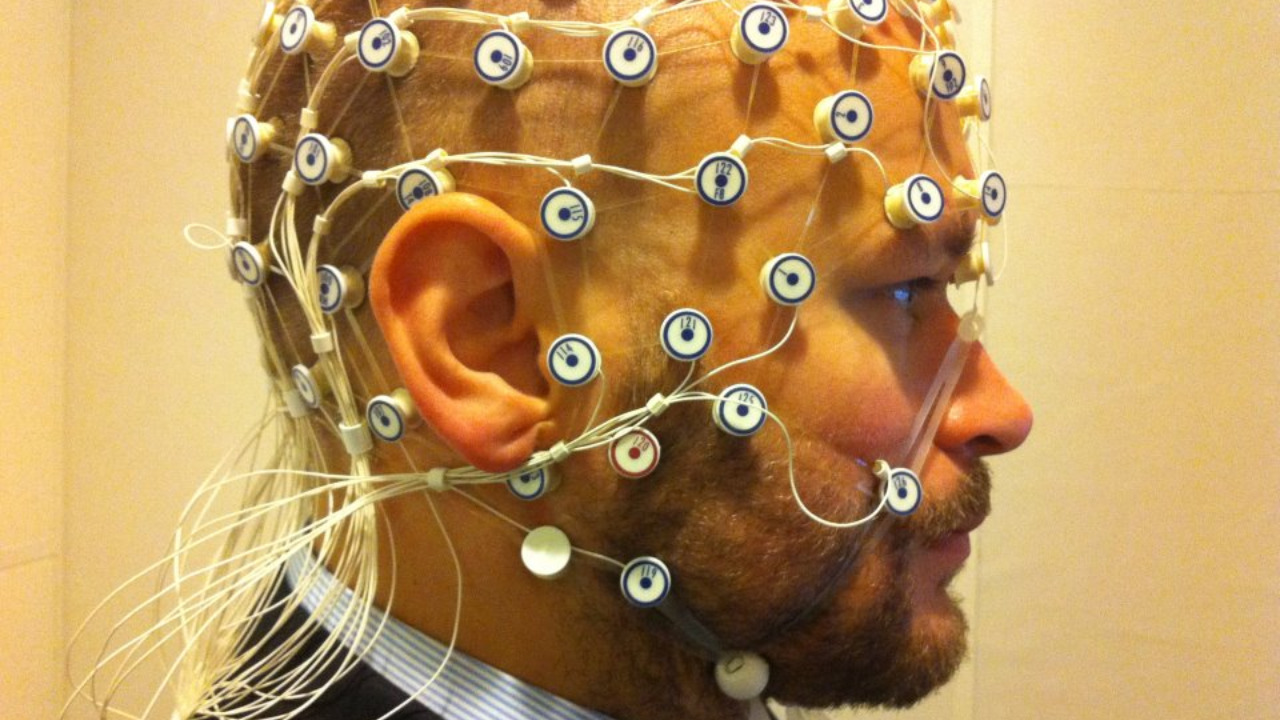
Neuroimaging Techniques
At the heart of mind-reading technology are neuroimaging techniques such as functional MRI (fMRI) and electroencephalography (EEG). These tools have become foundational in translating complex neural activity into readable data. The fMRI measures brain activity by detecting changes associated with blood flow, providing a detailed map of brain activity over time. On the other hand, EEG captures electrical activity through electrodes placed on the scalp, offering a less invasive and more immediate glimpse into brain function.
These technologies have opened up new avenues for understanding how the brain processes information. Researchers can now observe real-time responses to stimuli, paving the way for breakthroughs in interpreting thoughts and intentions. For instance, studies have shown the potential of these methods in identifying patterns of brain activity associated with specific thoughts or emotions, which could be decoded to understand the subject’s mental state. The integration of these neuroimaging techniques is vital to advancing mind-reading research and applications.
AI and Machine Learning Integration
The integration of artificial intelligence (AI) and machine learning with neuroimaging data has further enhanced the capabilities of mind-reading technology. AI algorithms are adept at analyzing large datasets, making them ideal for interpreting the complex and vast information derived from neuroimaging. Machine learning models are trained to recognize patterns and make predictions based on brain activity data, allowing for a more nuanced understanding of mental processes.
There have been successful experiments in mind-reading using AI, such as decoding human speech from brain signals in real-time. A notable example is a study where researchers used AI to reconstruct images seen by participants, based solely on brain activity data captured by fMRI. The combination of AI and neuroimaging is a game-changer, significantly enhancing our ability to read and understand the human mind.
Potential Applications in Healthcare
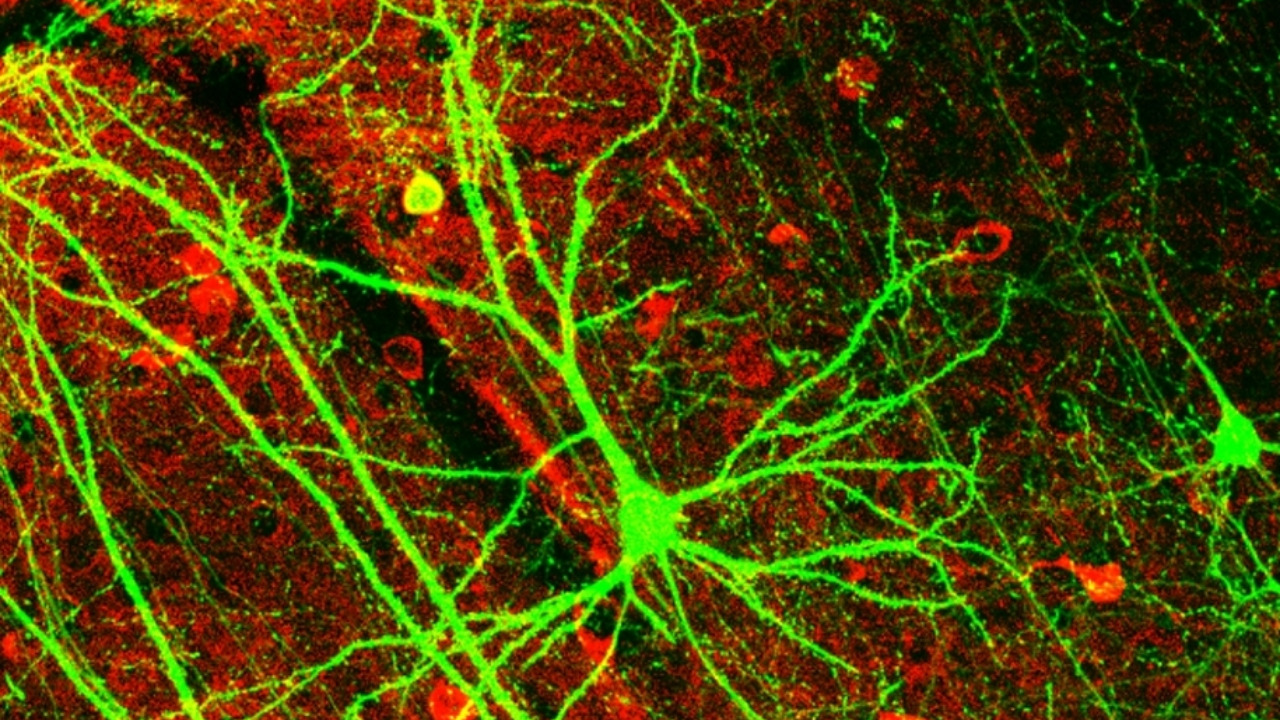
Neurological Disorder Diagnosis and Treatment
Mind-reading technology holds significant promise in the diagnosis and treatment of neurological disorders. By analyzing brain activity, doctors can gain insights into conditions such as Alzheimer’s disease and epilepsy. For example, specific patterns of brain activity have been linked to the early stages of Alzheimer’s, enabling earlier diagnosis and intervention. Similarly, real-time monitoring of brain activity in epilepsy patients can help predict and potentially prevent seizures.
Furthermore, personalized treatment plans can be developed using mind-reading tech. By continuously monitoring a patient’s brain activity, healthcare providers can tailor interventions to meet the individual’s needs, improving treatment outcomes. This approach could revolutionize how neurological disorders are managed, leading to more effective and personalized healthcare solutions.
Mental Health Interventions
The potential of mind-reading technology extends to mental health, where it could play a crucial role in early detection and intervention. By identifying patterns of brain activity associated with mental health issues such as depression and anxiety, clinicians can intervene earlier, potentially preventing the progression of these disorders. This proactive approach could transform mental health care, shifting the focus from treatment to prevention.
During therapy, mind-reading technology can help therapists understand patient responses in real-time, allowing for more tailored and effective interventions. By providing a window into the patient’s mental state, therapists can adjust their approach to better meet the patient’s needs, enhancing the therapeutic process. The integration of mind-reading tech into mental health care could lead to more adaptive and responsive treatment strategies.
Transforming Communication and Interaction

Assisting Individuals with Disabilities
Mind-reading technology has the potential to significantly improve communication for individuals with disabilities, particularly those with speech and motor impairments. By developing brain-computer interfaces (BCIs), individuals can control devices and communicate through thought alone. This technology could empower those who struggle with traditional communication methods, giving them a voice and greater autonomy.
For example, BCIs have been used to enable individuals with locked-in syndrome to communicate by translating their neural signals into text or speech. By harnessing the power of mind-reading technology, these individuals can express themselves and interact with the world in ways that were previously impossible.
Augmenting Human Interaction
Beyond assisting individuals with disabilities, mind-reading technology could enhance human interaction more broadly. By providing insights into others’ thoughts and emotions, this technology could foster greater empathy and understanding in interpersonal communication. Imagine a world where misunderstandings are minimized, and people connect on a deeper level.
In virtual and augmented reality environments, mind-reading tech could create more immersive and personalized experiences. By adapting to the user’s mental state and preferences, these environments could offer richer and more engaging interactions. As mind-reading technology continues to evolve, it could redefine how we connect and communicate with each other.
Ethical Considerations and Privacy Concerns
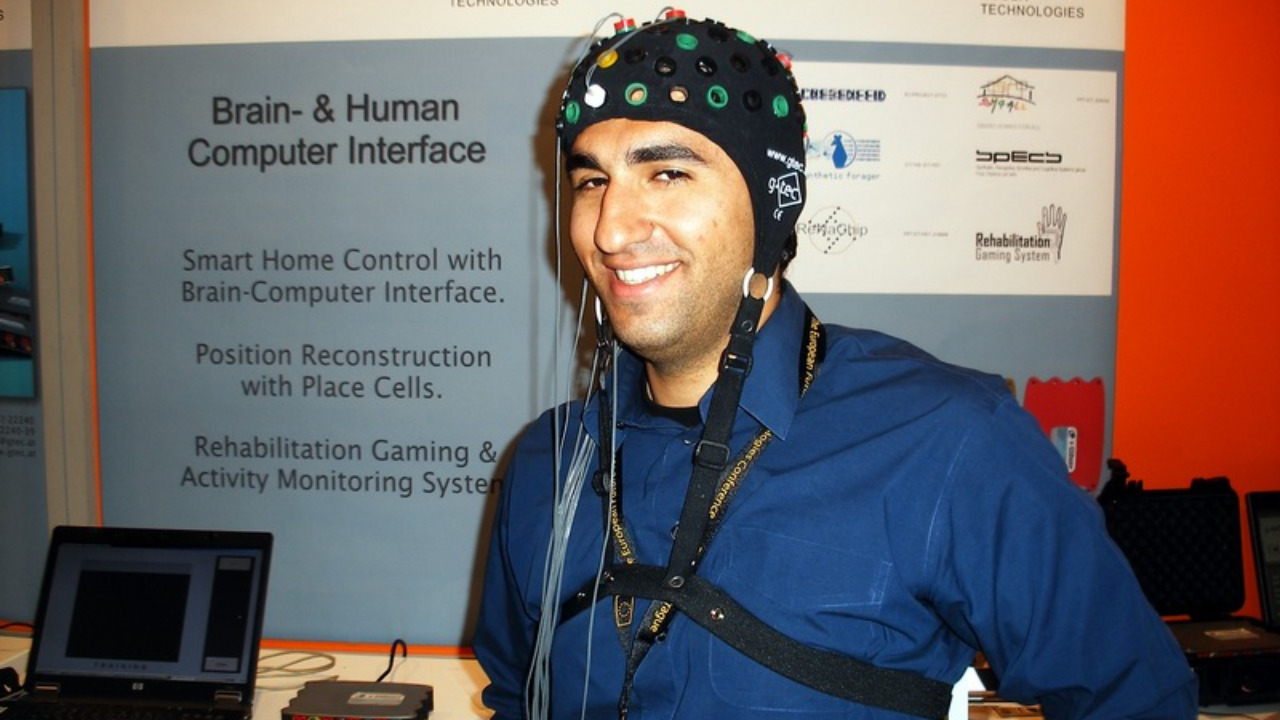
Consent and Autonomy
With the rise of mind-reading technology, ethical considerations become paramount. Ensuring informed consent is crucial when implementing these technologies, as individuals must understand the implications of having their brain activity monitored and analyzed. Balancing technological advancement with individual autonomy and rights is essential to prevent misuse and protect personal freedoms.
The potential for mind-reading technology to infringe on personal autonomy raises significant ethical questions. It’s vital to establish guidelines and regulations that govern the use of this technology, ensuring that individuals have control over their own mental data. As mind-reading technology becomes more prevalent, maintaining ethical standards will be crucial to its responsible implementation.
Data Security and Privacy
Mind-reading technology involves the collection and analysis of sensitive brain data, raising concerns about data security and privacy. Protecting this data from unauthorized access and misuse is critical, as it contains highly personal information about an individual’s thoughts and intentions. Robust security measures must be in place to safeguard this information and preserve privacy.
As the technology advances, it is essential to address the risks associated with storing and handling brain data. Researchers and developers must prioritize data protection, implementing strategies to prevent breaches and unauthorized access. Ensuring the privacy and security of brain data will be a key challenge as mind-reading technology continues to evolve and integrate into society.
Future Directions and Innovations
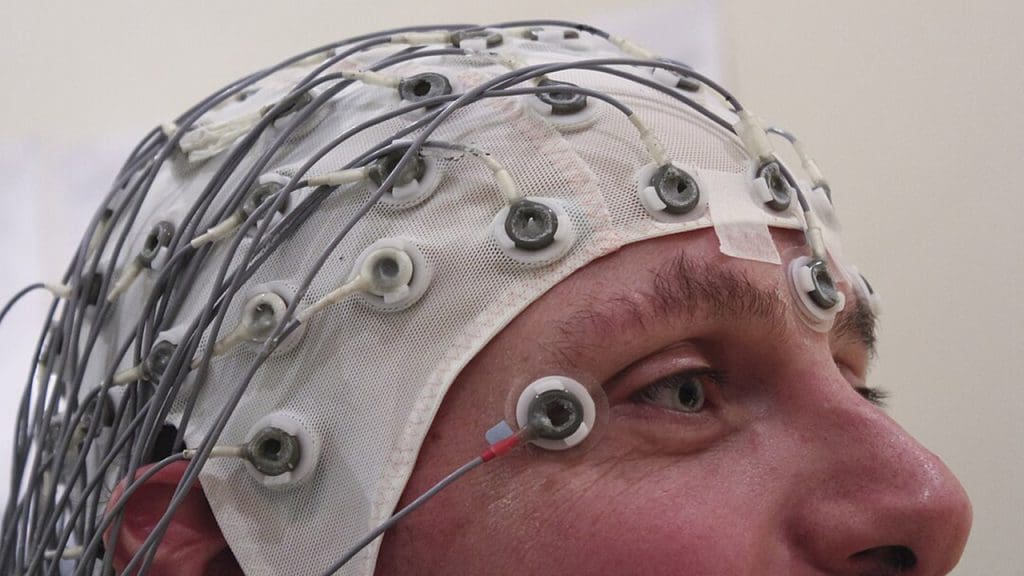
Advancements in Technology
Looking ahead, the future of mind-reading technology is filled with possibilities. Predictions for breakthroughs in non-invasive technologies suggest that we may soon have even more accurate and accessible tools for reading the human mind. Emerging methods in neurotechnology are being explored, offering potential new avenues for research and application.
As technology continues to advance, we can expect to see more sophisticated and user-friendly mind-reading devices. These innovations could make the technology more accessible to a wider audience, expanding its applications and impact. The future of mind-reading technology is bright, with the potential to revolutionize various aspects of our lives.
Societal Impact and Adaptation
As mind-reading technology becomes more integrated into society, its impact will be profound. Societal adaptation to this technology will require shifts in social norms and expectations. People will need to become comfortable with the idea of their thoughts being monitored and interpreted, which may lead to new forms of communication and interaction.
The widespread use of mind-reading technology could lead to changes in how we view privacy and autonomy. Society will need to navigate the challenges and opportunities presented by this technology, finding ways to integrate it into daily life while preserving individual rights. By embracing the potential of mind-reading technology responsibly, we can harness its benefits while mitigating its risks.